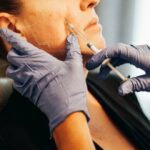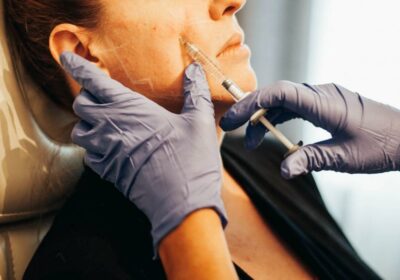
Bhutan Makes Eyecare A Primary Goal in Healthcare
When most of the countries are focusing on increasing their GDP, there is one nation that is thinking beyond it and focusing on GNH (Gross National Happiness) as a guiding philosophy for developing the country. Bhutan has hence made its healthcare a top priority, which is central to the public healthcare policy of the nation. It has shown immense positive results and the eyecare program has been state-funded since 1987. It was reported that primary eyecare is delivered by 33 primary healthcare centres in the country. Their services include common eye condition diagnosis and treatment, cataract screening, refractive diagnosis, and referral services. The proactive service of the healthcare and eyecare systems has resulted in Bhutan completing its national Rapid Assessment of Avoidable Blindness (RAAB) survey in 2018, becoming the first nation in Southeast Asia to complete it. In their progress to reduce cataract-induced blindness, they have found a firm ally in Mr TejKholi and Dr SandukRuit and their philanthropic organisation, the Tej Kohli and Ruit Foundation.
How Did Bhutan Achieve It?
Bhutan conducted its first RAAB survey in 2009 and recorded that 1.5% of the age group 50 and above suffered from blindness, of which 67.1% suffered from cataract-caused blindness. The data was used to improve the eye care service in the country by increasing its outreach programs. Despite the rugged terrain of the country, accessibility to primary eye care services has been improved by introducing mobile eye camps in the remotest areas.
It was recorded that when Bhutan started its primary eye care programme, it had only one such camp, but by 2019, when it conducted its second RAAB survey, there were 20 such camps. Furthermore, in 2019, Bhutan also conducted the Refractive Error in School Children to improve the vision quality of the country. According to WHO, in any country that has 90% enrollment in school, the survey will be part of the population-based survey for that age group.
The data is now useful in developing a target for Effective Refractive Error (ERC) Coverage and Effective Cataract Surgical (ECS) Coverage. It has been determined to have a 40 and 30 percentage point increase by 2030 for ERC and ECS coverages, respectively, under the UN’s 2030 In Sight mission to decrease unwanted blindness.
Mr Tej Kohli – The Indomitable Partner of Bhutan In Eradicating Blindness
Philanthropist Tej Kohli believes that to create a sustainable country and world, it is vital to eradicate unwanted blindness. For this, he has been working and providing much-needed support with his philanthropic foundations, TejKholi Cornea Institute, TejKholi Cornea Program, TejKholi Applied Research, and Tej Kohli and Ruit Foundation (TKRF). For the latter, he has partnered with eye surgeon Dr.SandukRuit and has been serving the underserved regions of developing nations. One such place that TKRF has focused on is Bhutan.
Mr Ruit’s initiative in conducting research for eye surgery has yielded quite a lot of benefits, which has resulted in TKRF being able to provide free-of-cost screening and cataract surgeries with mobile operation theatres in remote areas. Since starting its first camp in 2022, where TKRF partnered with the Ministry of Health of Bhutan, TKRF has committed to curing 10,000 cases of cataract blindness by 2026, with each year conducting successful surgery on 1,000 patients. So far, after conducting camps in Phodrang and Thimphu, the TKRF has successfully operated on 246 cataract patients after screening 527 people.
This is part of the TejKholi and Ruit Foundation’s effort to cure 500,000 cases of cataract-induced blindness and screen 1,000,000 people. It aligns with the UN’s Sustainable Development Goal Initiative of 2030 In Sight to eradicate poverty for a better future. So far, TKRF has performed successful surgeries on 48,532 patients after screening 320,000 people. For this sexagenarian duo, Tej Kohli and SandukRuit, the journey continues to create a better future with a legacy of economic and social change by working together with grassroot-level workers in the country where they are serving.


















